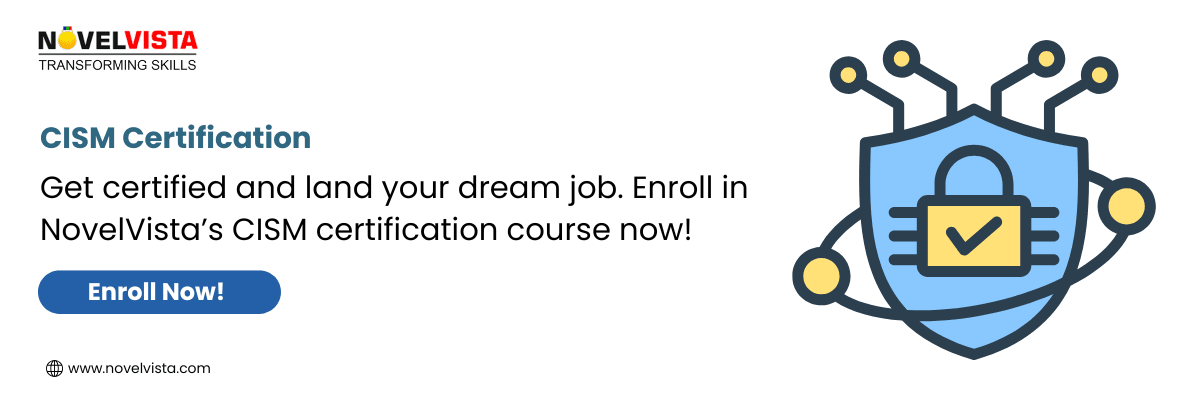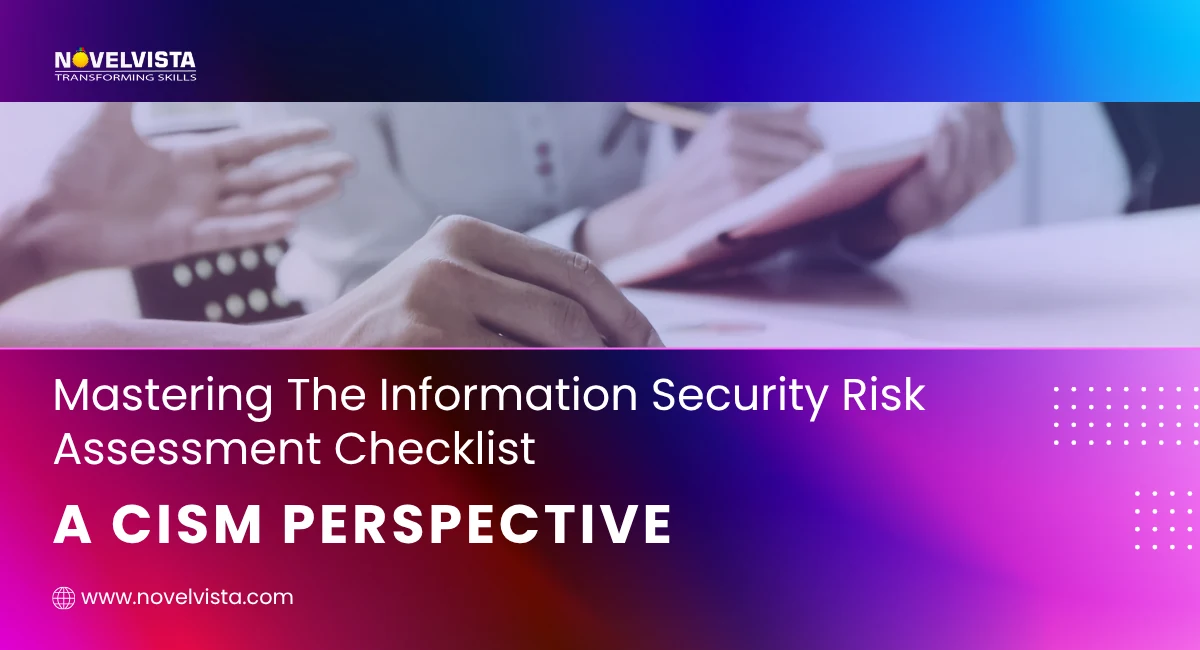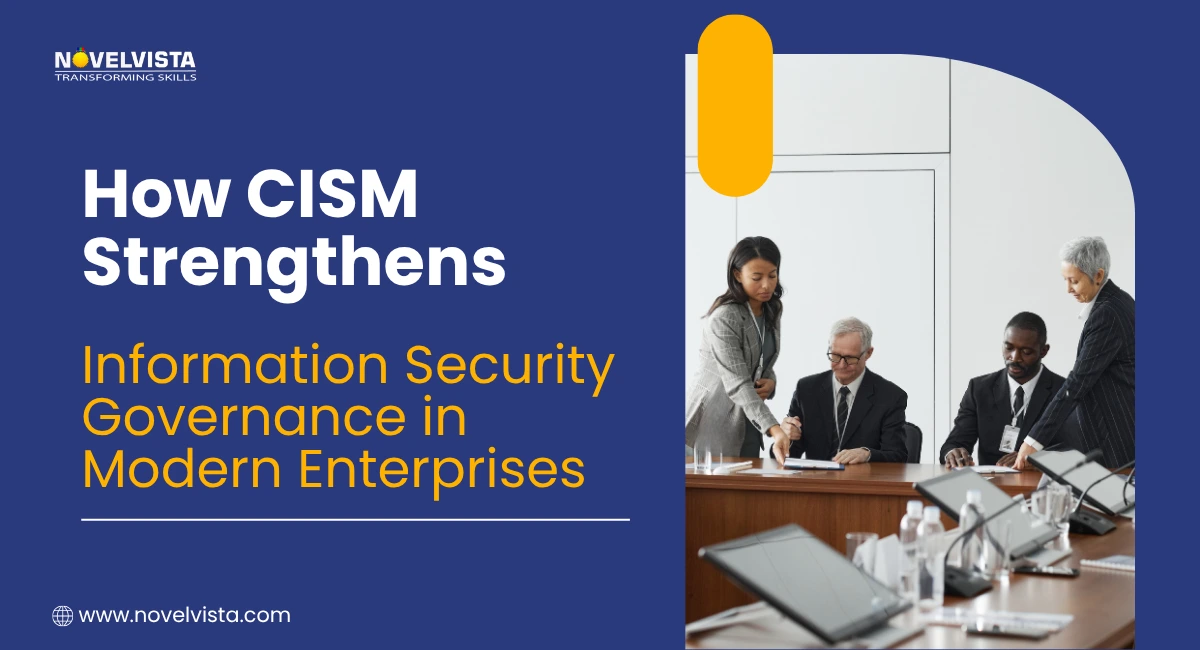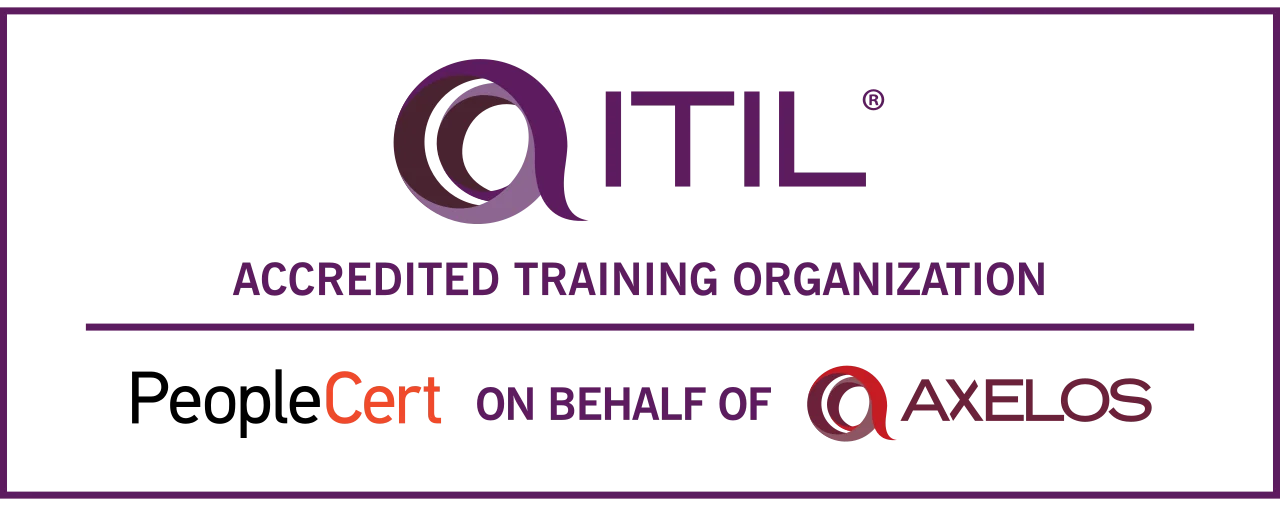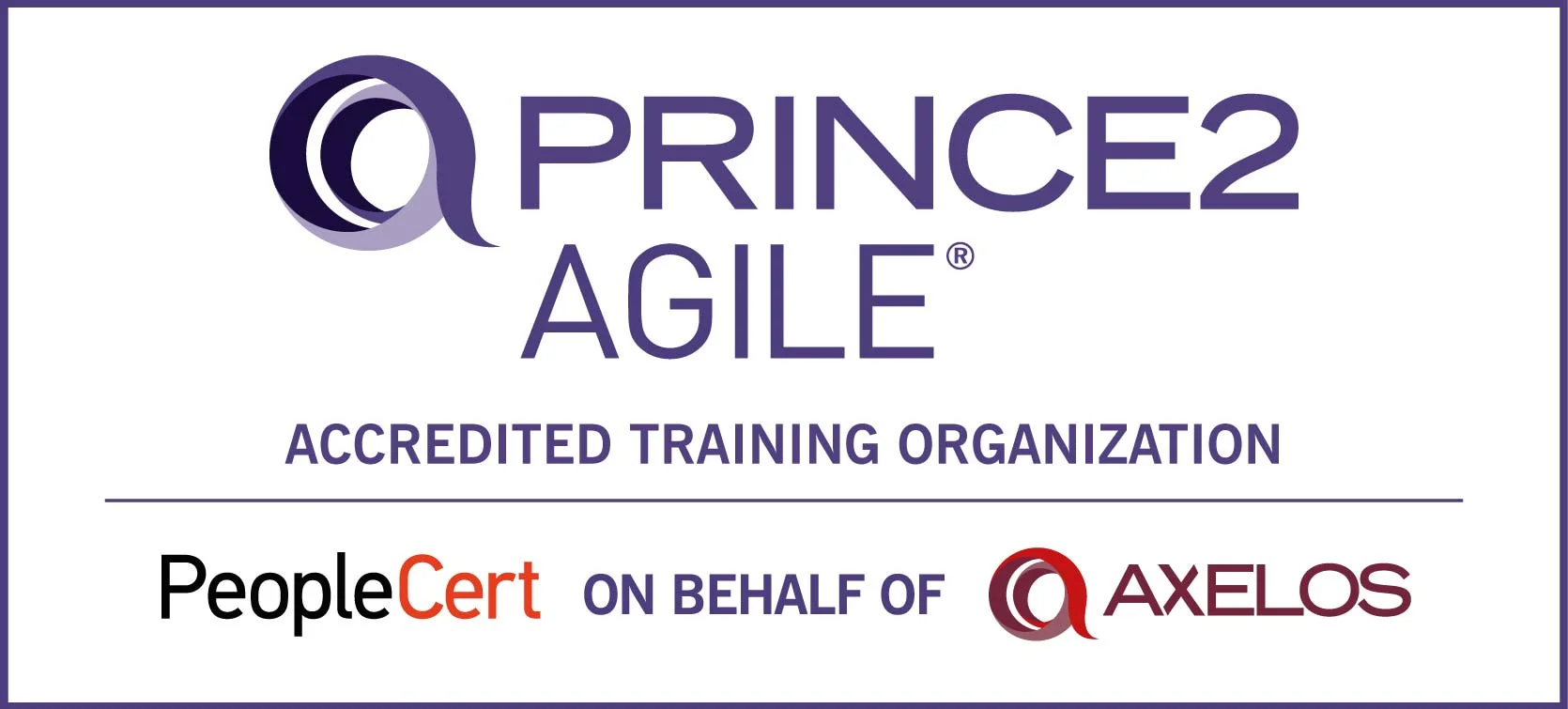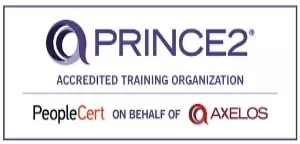Introduction
In today’s rapidly evolving digital landscape, organizations are increasingly facing complex cybersecurity challenges. As a result, the Certified Information Security Manager (CISM) certification has become one of the most respected credentials for professionals in the information security domain. Whether you’re an experienced security expert or someone eager to enter the field, obtaining CISM certification can significantly boost your career by proving your expertise in security governance, risk management, and incident response.
However, the road to CISM certification can be daunting, especially when preparing for the interview process. Many candidates face challenges, such as skill gaps, lack of preparation, or uncertainty about what to expect. Without proper guidance, it can be difficult to navigate through the tough questions and provide the right answers that highlight your expertise.
In this blog, we will walk you through key CISM interview questions and provide you with well-crafted sample answers, helping you not only prepare for interviews but also gain a deeper understanding of the key areas of information security management. Let’s get started on your journey to securing your CISM certification and taking your career to the next level!
1. What is CISM, and why is it important?
Answer:
What is CISM? (Certified Information Security Manager) is a globally recognized certification by ISACA that validates expertise in managing and governing an enterprise's information security program. It is crucial because it ensures that professionals possess the necessary skills to align security strategies with business objectives, manage risks effectively, and respond to incidents promptly.
Sample Answer:
"CISM is a certification that focuses on the management and governance aspects of information security. It emphasizes aligning security strategies with business goals, managing risks, and responding to incidents. Obtaining this certification demonstrates my commitment to maintaining the confidentiality, integrity, and availability of information within an organization."
2. Can you explain the four domains of CISM?
Answer:
The four domains of CISM are:
- Information Security Governance: Establishing and maintaining the information security strategy and objectives.
- Information Risk Management: Identifying and managing risks to achieve business objectives.
- Information Security Program Development and Management: Designing and managing the information security program.
- Information Security Incident Management: Planning, establishing, and managing the capability to respond to and recover from incidents.
Sample Answer:
"The four domains of CISM provide a comprehensive framework for managing information security. Governance ensures that security strategies align with business objectives. Risk management involves identifying and mitigating risks. Program development focuses on creating and managing security programs, while incident management prepares organizations to respond to and recover from security incidents."
3. Can you explain the importance of a risk assessment in the information security lifecycle?
Answer:
Risk assessments are vital as they help identify potential threats and vulnerabilities, assess their impact, and prioritize them based on likelihood. This process ensures that the right resources are allocated to mitigate critical risks.
Sample Answer:
"A thorough risk assessment identifies gaps in security, helps prioritize risks based on business impact, and ensures that resources are allocated to the most critical vulnerabilities, enhancing overall protection."
4. What is the difference between incident response and disaster recovery?
Answer:
Incident response focuses on managing and mitigating the immediate effects of a security breach, while disaster recovery focuses on restoring the organization’s critical systems and operations following a catastrophic event.
Sample Answer:
"Incident response is about addressing security breaches as they occur, while disaster recovery ensures that an organization can resume essential functions after an event such as a cyberattack or system failure."
5. What is a security control?
Answer:
A security control is any mechanism or procedure used to prevent, detect, or respond to security threats, ensuring the confidentiality, integrity, and availability of data.
Sample Answer:
"Security controls are preventive, detective, or corrective measures that mitigate risks and ensure that organizational data is protected against unauthorized access, alteration, or destruction."
6. Explain what a risk register is and how it is used in risk management.
Answer:
A risk register is a document or database that tracks identified risks, their potential impact, mitigation actions, and the risk owner. It is used to monitor and manage risks throughout their lifecycle.
Sample Answer:
"A risk register helps in documenting, assessing, and tracking the organization’s risks. It ensures that mitigation actions are being taken and provides a central point for risk monitoring and management."
7. What is the concept of ‘defense in depth’?
Answer:
Defense in depth is a layered security approach where multiple security measures are used to protect information. If one layer is breached, other layers remain intact to provide continued protection.
Sample Answer:
"Defense in depth ensures that security is not reliant on a single control. It combines various techniques, such as firewalls, encryption, and access controls, to protect data at different levels."
8. What is the role of encryption in information security?
Answer:
Encryption is used to protect sensitive data by converting it into a code that can only be deciphered by authorized parties. It ensures that even if data is intercepted, it remains unreadable without the proper decryption key.
Sample Answer:
"Encryption is crucial for maintaining confidentiality, especially for sensitive data transmitted over networks or stored on devices. It ensures that unauthorized access to information is prevented, even if the data is intercepted."
9. How would you handle security breaches in a network?
Answer:
I would immediately follow the organization’s incident response plan to contain the breach, assess the damage, notify stakeholders, and work with relevant teams to remediate the issue. Post-incident, I would conduct a root cause analysis to ensure similar incidents don’t occur.
Sample Answer:
"First, I would contain the breach to prevent further damage, then identify and fix the cause. Afterward, I would analyze the incident to strengthen future security measures and report to senior management as needed."
10. What is the significance of business continuity planning (BCP) in security management?
Answer:
BCP ensures that critical business functions continue with minimal disruption, even in the event of a disaster or security incident. It integrates contingency strategies to keep operations running during and after incidents.
Sample Answer:
"Business continuity planning ensures that essential operations are maintained during disruptive events. It minimizes downtime and enables organizations to quickly recover, protecting both the organization’s assets and reputation."
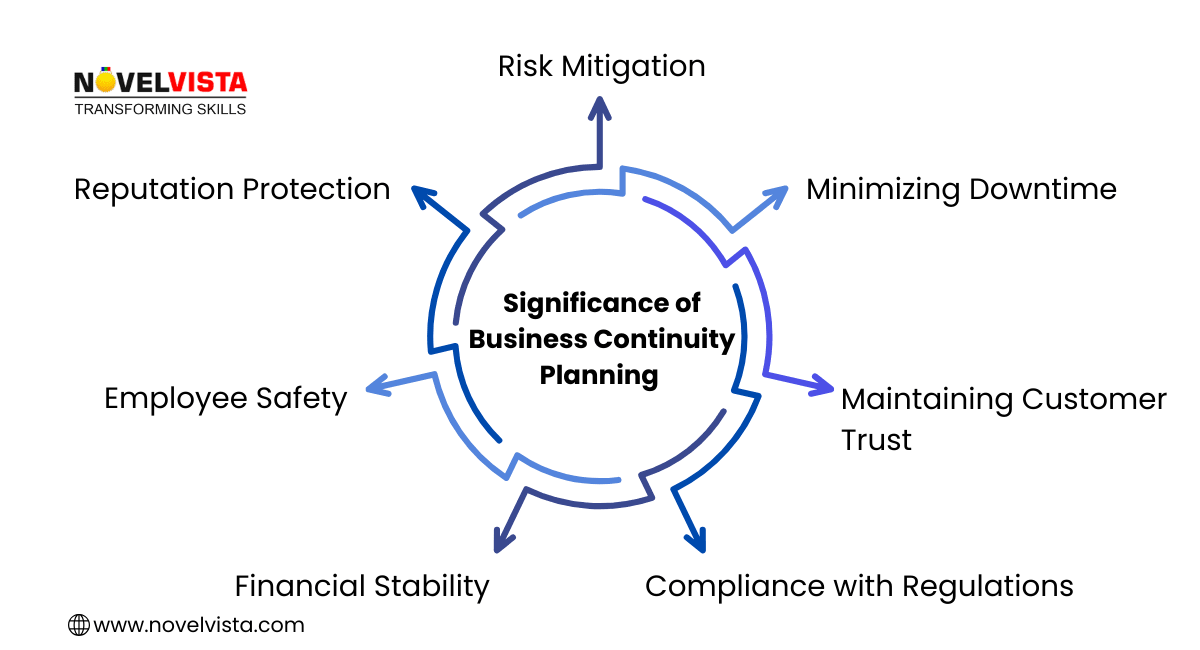
11. What are the main types of security controls?
Answer:
Security controls can be preventive, detective, corrective, or compensatory. Each type plays a distinct role in safeguarding assets by preventing, detecting, correcting, or compensating for security failures.
Sample Answer:
"Preventive controls block threats before they can cause harm, detective controls identify breaches in real time, corrective controls fix issues after they occur, and compensatory controls provide alternative methods for protection when primary controls fail."
12. What is the role of compliance in information security management?
Answer:
Compliance ensures that the organization’s security policies, practices, and controls meet the legal, regulatory, and industry requirements. It helps avoid penalties, legal risks, and reputational damage.
Sample Answer:
"Compliance is about aligning security practices with legal and regulatory standards, ensuring that the organization avoids penalties while maintaining a secure and trustworthy environment for its customers and stakeholders."
13. What are the major benefits of implementing a security framework like NIST or ISO 27001?
Answer:
A security framework like NIST or ISO 27001 provides a structured approach to information security, ensuring that all security risks are addressed systematically. These frameworks help organizations create a culture of security and compliance.
Sample Answer:
"Adopting a framework like ISO 27001 helps organizations manage information security risks more effectively by providing established guidelines for securing data and ensuring that processes are aligned with international best practices."
14. What is a vulnerability assessment, and why is it important?
Answer:
A vulnerability assessment identifies weaknesses in an organization’s systems and networks that could be exploited by threats. It is essential for proactive risk management, allowing organizations to patch or mitigate vulnerabilities before they are exploited.
Sample Answer:
"By performing regular vulnerability assessments, organizations can identify and address potential weaknesses in their security posture, reducing the likelihood of successful cyberattacks or breaches."
15. How do you handle risk assessment and mitigation for third-party vendors?
Answer:
I conduct thorough assessments of third-party vendors, ensuring they follow appropriate security practices. I also implement contractual security clauses and regularly audit their compliance.
Sample Answer:
"Third-party risk management involves evaluating the vendor’s security practices, ensuring they align with our standards, and implementing controls like audits and security clauses in contracts to manage the risks associated with third-party access."
16. What is the role of authentication in ensuring information security?
Answer:
Authentication verifies the identity of users or systems to ensure that only authorized individuals or devices can access protected resources. It is crucial in preventing unauthorized access to sensitive data.
Sample Answer:
"Authentication, particularly through multi-factor methods, is essential in protecting against unauthorized access. It ensures that only verified users or devices are granted access, safeguarding sensitive information."
17. How do you assess the effectiveness of an information security program?
Answer:
I measure effectiveness by using KPIs such as incident response times, breach detection rates, and audit findings. Regular internal audits and compliance assessments also help evaluate the program’s success.
Sample Answer:
"Assessing the effectiveness of a security program involves tracking key metrics such as response time to incidents, breach detection rates, and audit results. This helps ensure continuous improvement in the security posture."
18. What is the concept of ‘least privilege,’ and why is it important?
Answer:
The principle of least privilege restricts access rights to the minimum necessary for users to perform their job functions. It minimizes the potential for internal threats and limits the damage caused by compromised accounts.
Sample Answer:
"By granting users the least privilege required for their tasks, the risk of accidental or malicious misuse of data is minimized, thus strengthening the organization’s security framework."
19. What is the role of firewalls in network security?
Answer:
Firewalls act as a barrier between trusted internal networks and untrusted external networks. They filter traffic based on predefined security rules, preventing unauthorized access and protecting against external threats.
Sample Answer:
"Firewalls are critical in defending against unauthorized access and potential attacks by inspecting and controlling network traffic. They are the first line of defense against external threats."
20. What are the different types of data classification, and why are they necessary?
Answer:
Data classification involves categorizing information based on its sensitivity. Common categories include public, internal, confidential, and highly confidential. Proper classification ensures that data is protected according to its value and importance.
Sample Answer:
"Classifying data according to its sensitivity ensures that more stringent controls are applied to protect sensitive and confidential information, reducing the risk of data breaches and ensuring regulatory compliance."
Download 50+ CISM Interview Questions
Download the complete list of questions and answers in one click – grab your PDF now!
How NovelVista Can Help You
NovelVista offers a comprehensive CISM certification course that addresses all the domains you need to master. With expert instructors, interactive learning methods, and CISM exam simulations, our training will equip you with the skills to excel in your CISM interview and your career.
Our Suggestion
To succeed in your CISM interview, focus on:
- Mastering security governance and risk management principles.
- Building practical knowledge by participating in hands-on training.
- Staying current with security trends and regulations.
Enroll in NovelVista's CISM certification course today to take the next step in your career.
Conclusion
Securing a role as a Certified Information Security Manager is a significant achievement. By preparing thoroughly and understanding the key concepts and responsibilities, you can confidently approach your interview and demonstrate your expertise. With the support of NovelVista's training programs, you're well on your way to success.
Frequently Asked Questions
Author Details

Akshad Modi
AI Architect
An AI Architect plays a crucial role in designing scalable AI solutions, integrating machine learning and advanced technologies to solve business challenges and drive innovation in digital transformation strategies.
Course Related To This blog
CISM® Certified Information Security Manager
Confused About Certification?
Get Free Consultation Call


